What Security Features Do Handheld RFID Scanners Offer?
546Explore essential security features in handheld RFID scanners, including encryption, user authentication, and anti-tampering. Learn how Cykeo’s devices safeguard sensitive data.
MoreAll RFID Product
The first time I really paid attention to someone using an RFID bank card was at the Starbucks on 7th Street in Los Angeles.
The guy in front of me, wearing a Lakers jersey, hadn’t even put his cup down yet. With a quick flick of his wrist — tap! — payment completed. I froze for a second: did all that card data just get transmitted like that?
From a tech perspective, this is just normal contactless payment in action. The card has a built-in RFID chip and antenna, using Near Field Communication (NFC) to “talk” with the reader at short range. It’s fast, seamless, and doesn’t require swiping or inserting the card. You can think of it like an upgraded subway turnstile card — except instead of deducting a train fare, it’s pulling funds directly from your bank account.
But here’s the catch — at the subway gate, you watch your back for people crowding in. With your bank card, are you just letting it “tap” open for anyone?
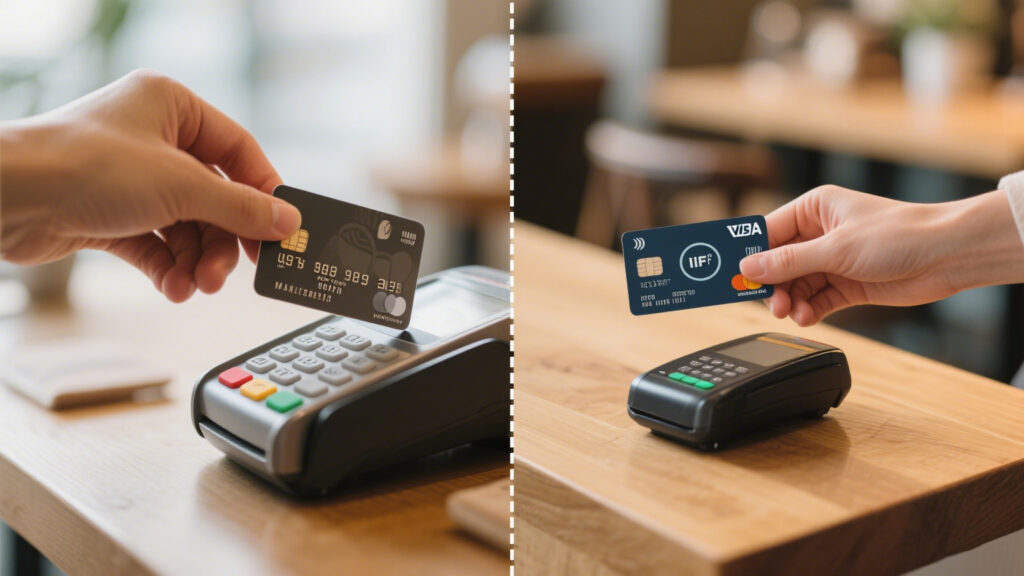
In theory, RFID credit cards from Visa, Mastercard, and others use encryption, anti-replay, and anti-counterfeit measures. But in reality, plenty of cards are still vulnerable to simple attacks.
Take the older MIFARE Classic chips — their keys have been cracked for years. Some banks’ older cards even send transaction data without encryption. If someone with a reader gets within 5–10 cm of you, they can skim enough card number data to enable online fraud.
Back in 2023, I tested this myself using a friend’s secondhand MSR98RF (supports 13.56 MHz) outside a convenience store in San Francisco — in less than a second, my screen popped up with the first 6 and last 4 digits of a card number. Sure, I couldn’t pull the CVV or PIN directly, but it’s more than enough to build certain phishing scams.
You might think RFID credit card attacks are reserved for movie hackers, but the tools are cheaper than you’d expect.
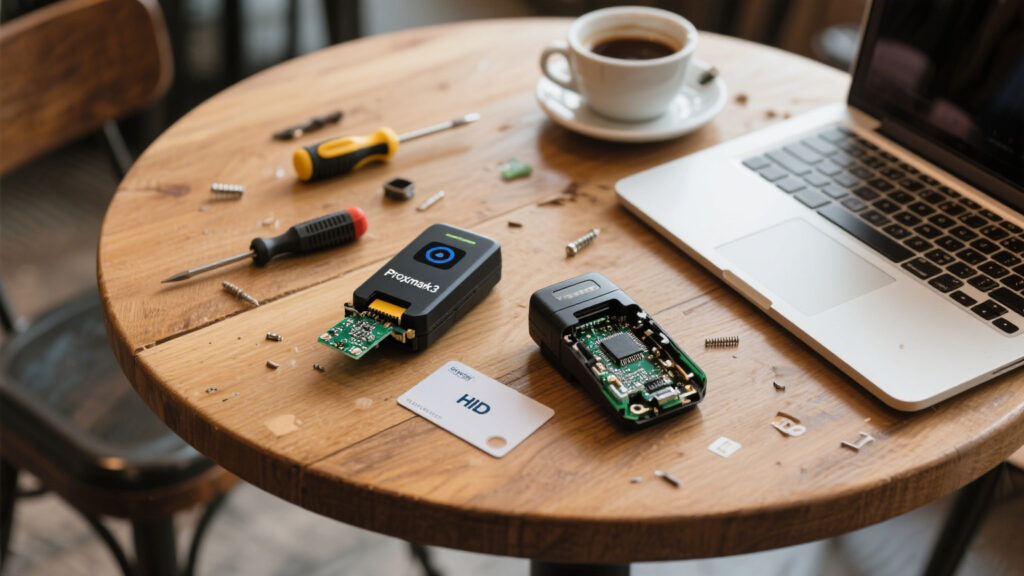
Most advice is passive — like buying an RFID-blocking wallet or metal card sleeve. In my experience, that only stops the most blatant, close-range attacks. Real security takes a combination approach:
On a side note, I once saw someone use a Proxmark to test a hotel keycard system — they ended up demonstrating how to unlock every door in the building. The owner’s face turned pale instantly. Sometimes, “exposing the flaw” is more effective than any security promise.
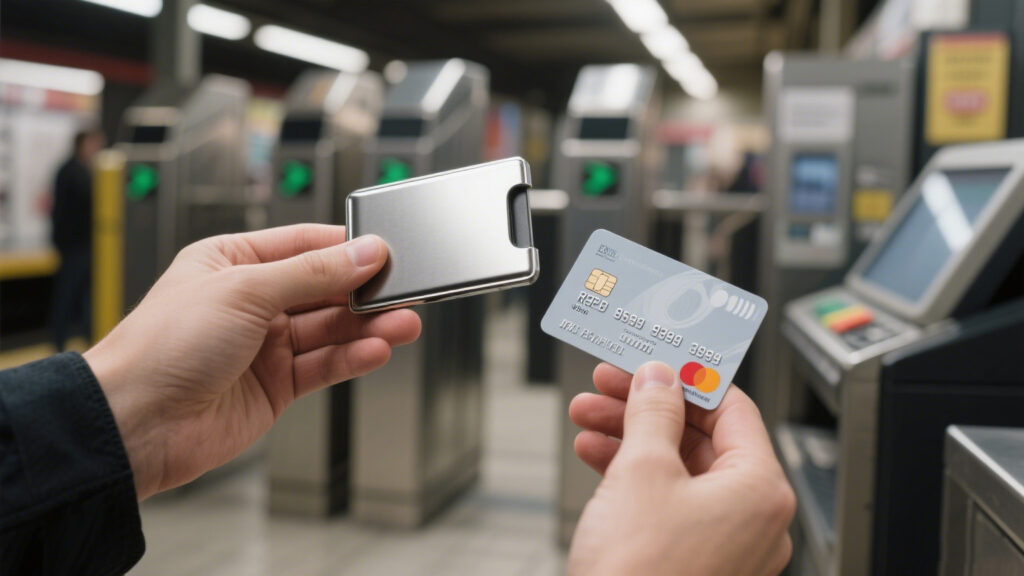
RFID is like an invisible glass wall: it seems to shield you from the elements, but one well-placed suction cup can shatter it.
I’m not here to bash RFID bank card readers — they truly revolutionize convenience. But remember, convenience and security are always in a tug-of-war. You have to decide whether you’re standing on the side of speed or the side of safety.
Next time you tap your card at a café, maybe pause and ask yourself: is there a silent card reader in the background, quietly listening to your “transaction story”?
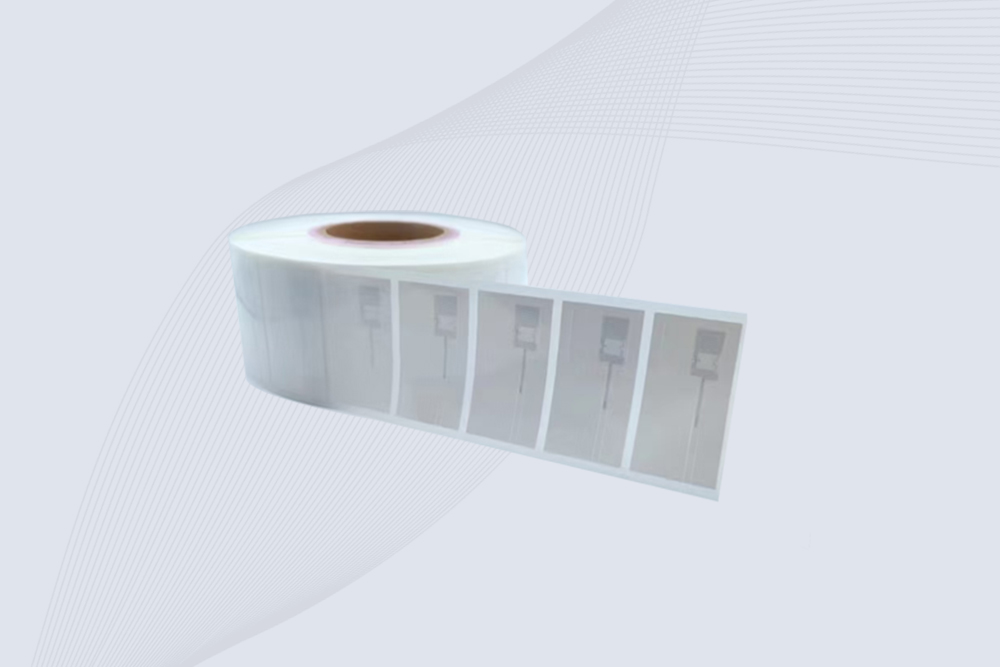
Cykeo CK-BQ6826 Jewelry uhf rfid tag features NXP UCODE 9, 8m read range on metal, and anti-counterfeit security for luxury assets.
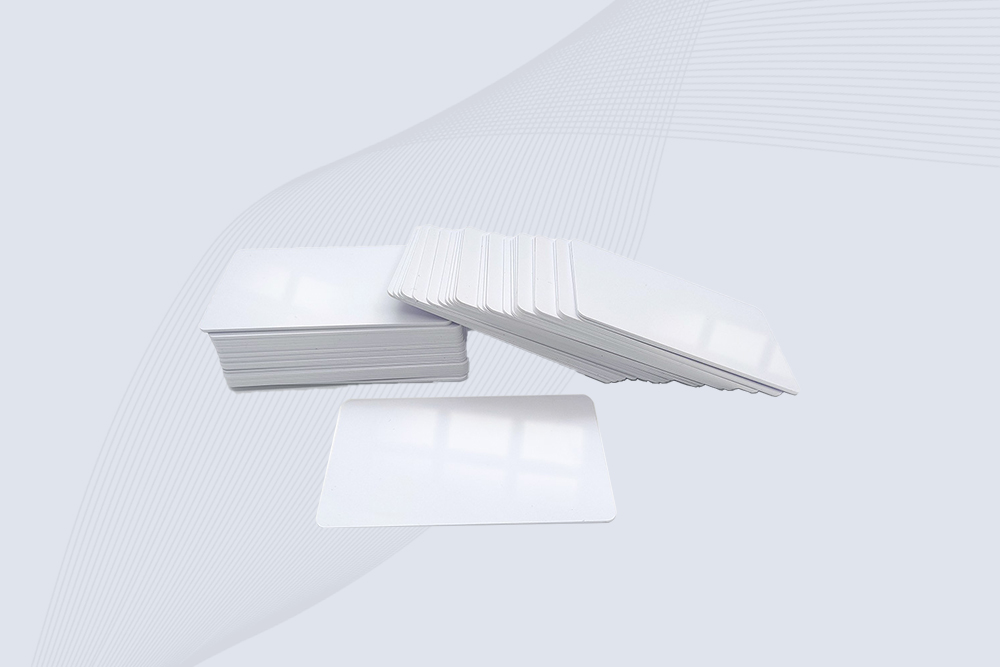
Cykeo CK-BQ8554HF HF rfid cards feature FM1108 chip, 100K write cycles, and customizable printing for access control systems.
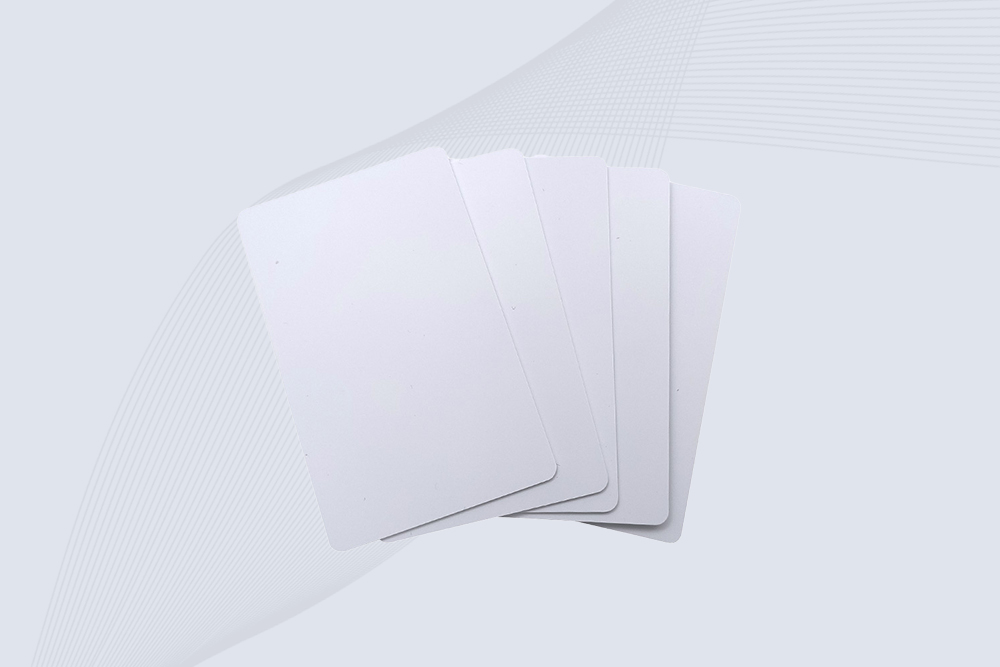
Cykeo CK-BQ8554UHF uhf rfid card features U9 chip, 100K write cycles, and CR80 size for access control/inventory management.
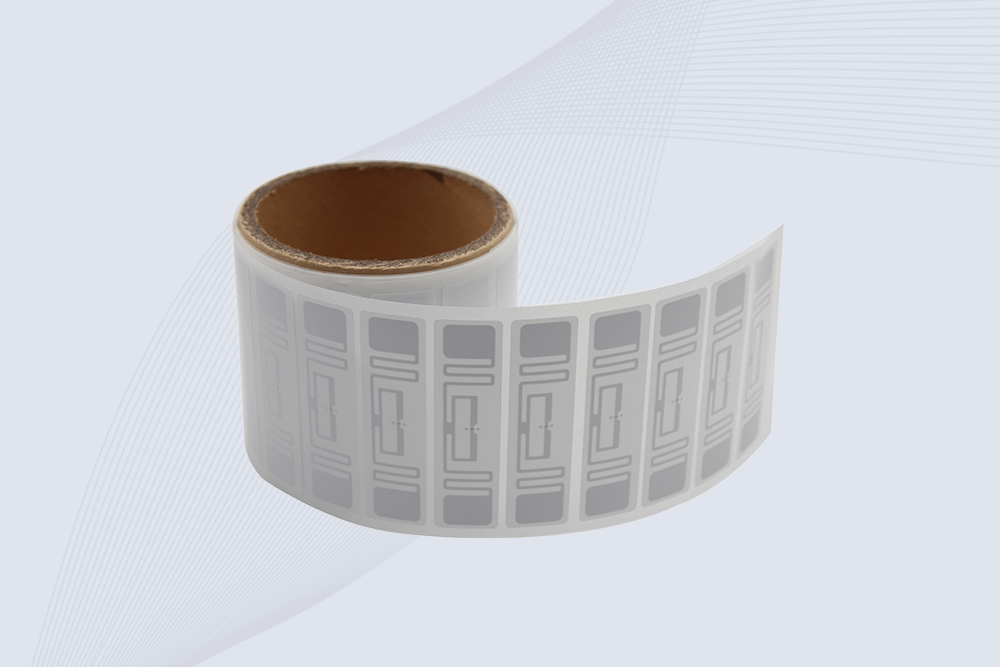
Cykeo CK-BQ7320 UHF RFID asset tag features aluminum-etched antenna, 10-year data retention, and -40°C to +85°C operation for industrial tracking. ISO/IEC 18000-6C compliant with 128-bit EPC memory.
Explore essential security features in handheld RFID scanners, including encryption, user authentication, and anti-tampering. Learn how Cykeo’s devices safeguard sensitive data.
MoreDiscover how to select the best handheld RFID reader for warehouse inventory. Compare durability, read range, software compatibility, and cost-effectiveness.
MoreNew to RFID? Learn how to operate a handheld RFID scanner with this step-by-step guide—setup, scanning best practices, troubleshooting, and more.
MoreLearn how RFID door locks use radio-frequency identification for secure, keyless access. Discover encryption methods, integration, and Cykeo’s smart lock solutions.
More